A tour of Jupiter’s moons and a mission to a “metal asteroid” are among the spacecraft to be launched in 2023.
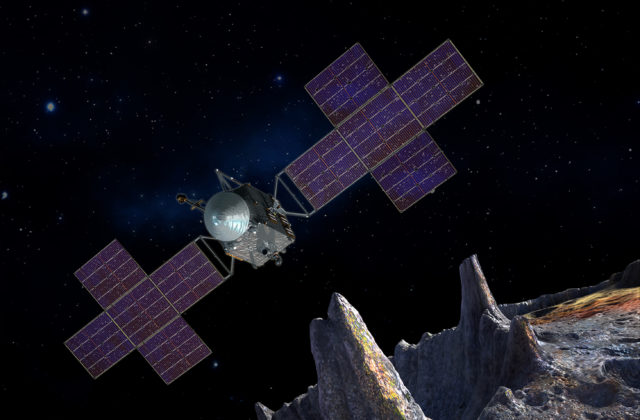
NASA
2022 surpassed the record number of 135 orbital launches in 2021 with 178 successful launches, half of which came from either China or SpaceX. The last year also saw the DART impact, the start of science operations for the James Webb Space Telescope and the completion of Artemis 1. At the same time, 2022 saw humanity miss a Mars launch window — for the first time since 2009 — as the Russian invasion of Ukraine forced the European Space Agency to part ways with Roscosmos.
Now, in 2023, here’s what we can expect to see for astronomy and planetary missions.
Missions Headed to Earth Orbit
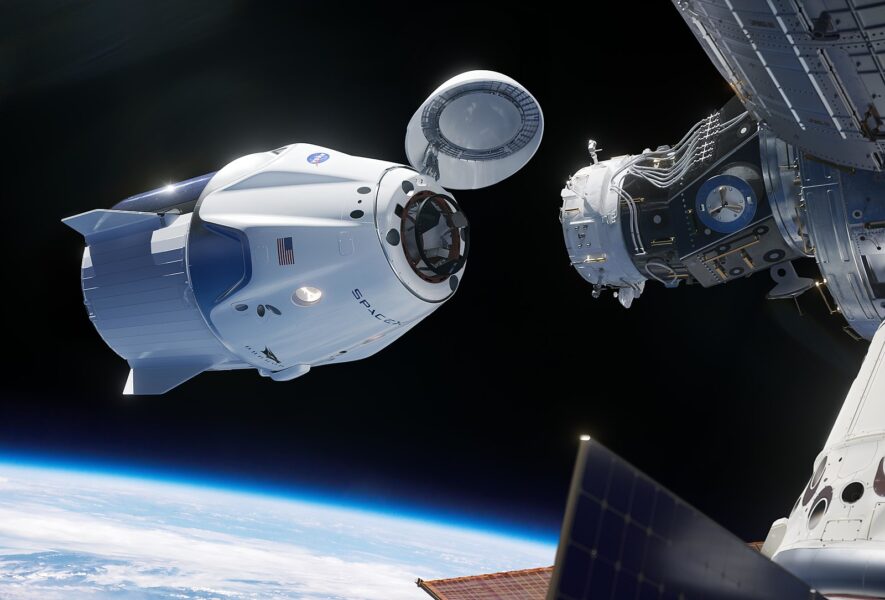
NASA / SpaceX
The first launch of SpaceX’s Starship, which may one day carry crew to the Moon or Mars, is bound to be a big deal in early 2023. It will fly from the company’s Boca Chica Texas facility.
Next, Axiom Space’s AX2 will carry the company’s second crewed commercial mission to the International Space Station in May, with two NASA astronauts and two (as yet unnamed) Saudi mission specialists.
Strange to think, that we now live in an era with two crewed space stations in low-Earth orbit: the International Space Station, which has hosted a continuous human presence since 2000, and China’s Tiangong Space Station, which was completed in 2022 and will see periodic expeditions.
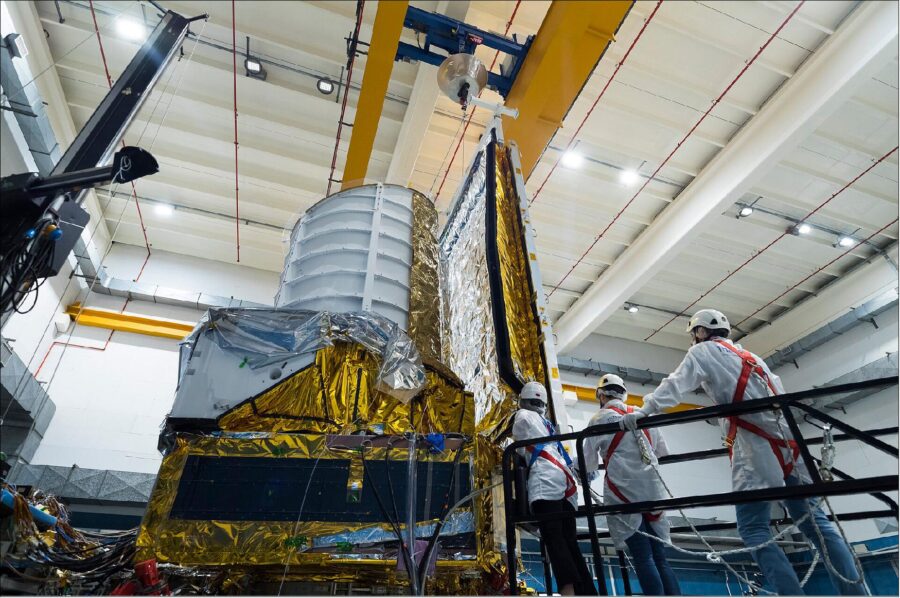
ESA
There are also several key astronomical observatories and missions to watch for in the coming year.
ESA’s Euclid space telescope will launch on a SpaceX Falcon 9 in July, headed for the Sun-Earth L2 point. Like JWST (also at L2), Euclid is an infrared instrument, aimed at studying dark matter and dark energy in an effort to understand the acceleration of the universe's expansion.
The Indian Space Research Organization (ISRO) is launching two astrophysics missions in 2023: the X-ray Polarimeter Satellite, bound for low-Earth orbit, and the Aditya L1 solar mission, headed to the Earth-Sun L1 point. Both missions are set for launch in February.
China is planning for a busy 2023 as well. China’s Xuntian Space Telescope, a sky survey telescope with a Hubble-like 2-meter (6.6-foot) mirror, may launch in late December 2023. Xuntian will station keep in orbit near Tiangong for periodic maintenance.
China also plans to launch two X-ray telescopes in 2023: the Small Variable Objects Monitor X-ray observatory, a joint China/France mission launching in June, and the Einstein X-ray Probe that may launch in late 2023.
To the Moon
The Moon will be bustling in 2023. Three missions are at least partially NASA-funded through its Commercial Lunar Payload Services. Astrobotic’s Peregrine Mission One Lunar lander will launch in January on the inaugural flight of United Launch Alliance’s Vulcan-Centaur rocket and Intuitive Machines’ IM1 Nova-C lander will fly in March on a SpaceX Falcon 9 rocket. Masten Space hopes to get in to the moonshot game, too, with their lunar lander, Xelene, launching in November.
Intuitive Machines is planning a second mission for 2023, too. The Polar Resources Ice Mining Experiment (PRIME 1) is set to launch in June, carrying with it The Regolith and Ice Drill for Exploring New Terrain. The TRIDENT drill will delve three feet deep to bring lunar regolith up to the surface.
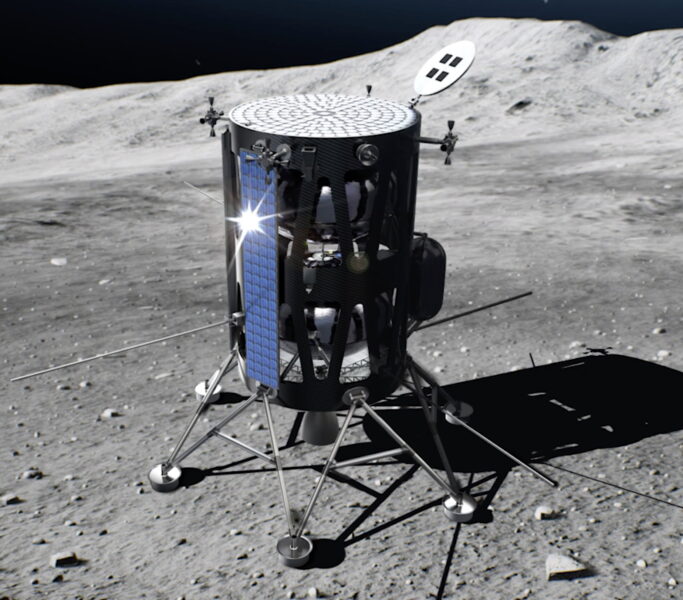
Intuitive Machines
Other space agencies plan to head to the Moon as well. Watch for Roscosmos’ Luna 25 lander in the first half of 2023, the first Russian mission to the lunar surface since the Soviet Union’s Luna 24 mission in 1976.
India will also field Chandrayaan 3 in June, a follow up to its Chandrayaan 2 mission in 2019. Chandrayaan 2 resulted in a successful lunar orbiter, but its Vikram lander crashed on the lunar surface. Chandrayaan 3's lander-rover combination headed to the Lunar South Pole.
German-based Rocket Factory Augsburg might also send up a small lunar orbiter, named Harmony, for the Spanish-German startup Plus Ultra Space Outposts. The company could start launching orbital missions from Andøya, Norway, in 2023.

RFA
The German-based Planetary Transportation Systems may also launch its Autonomous Landing and Navigation Module (ALINA) in December. A Google Xprize alumnus, ALINA will land near the Apollo 17 landing site.
Finally, the Japan Aerospace Exploration Agency’s Smart Lander for Investigating the Moon (SLIM) will head up in April. The same launch will include the JAXA/NASA X-Ray Imaging and Spectroscopy Mission (XRISM), which will replace the Hitomi mission that failed shortly after launch in 2016.
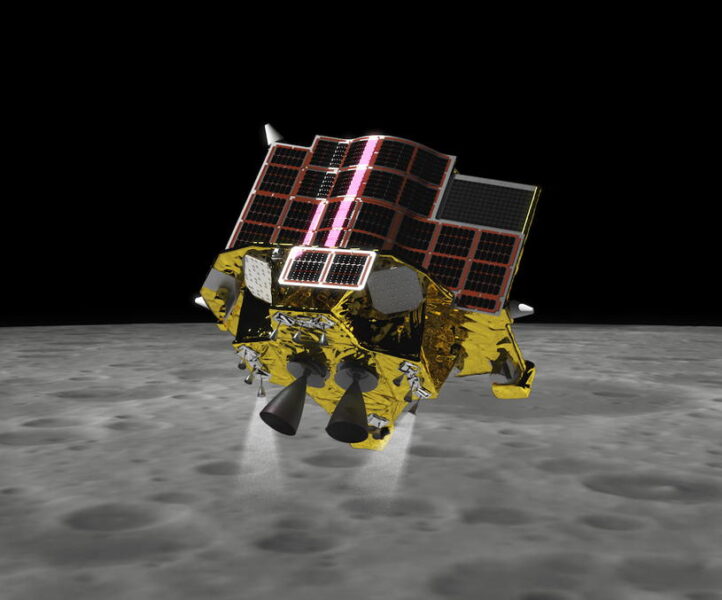
JAXA
Planetary Missions to Launch in 2023
Two major — and one minor — planetary missions are due to leave Earth in 2023.
ESA’s Jupiter Icy Moons Explorer (JUICE) will launch on an Ariane 5 rocket in April in order to arrive at Jupiter in October 2029. JUICE will examine all the Galilean moons up close. The mission will overlap with NASA’s Europa Clipper, which will launch for the Jupiter system in late 2024.
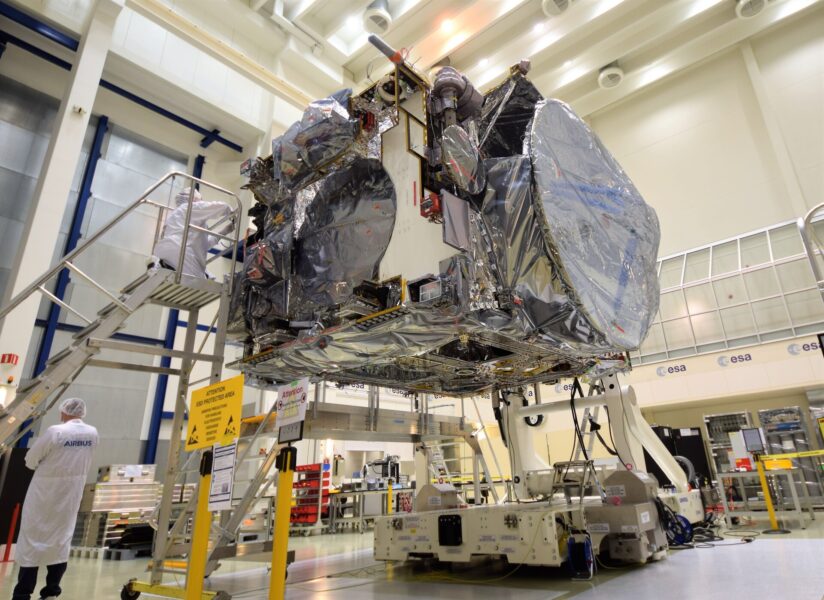
ESA
NASA’s Psyche will depart in October aboard a Falcon Heavy rocket for the enigmatic "metal asteroid" 16 Psyche. If the mission goes off as planned, the mission will reach the rock in mid-2029.
Finally, Rocket Lab may launch MIT’s ambitious Venus mission in May. If it launches as scheduled from Mahia Launch Complex One in New Zealand, it will arrive at Venus in late 2023. The mission will drop a small probe into the Venusian atmosphere.
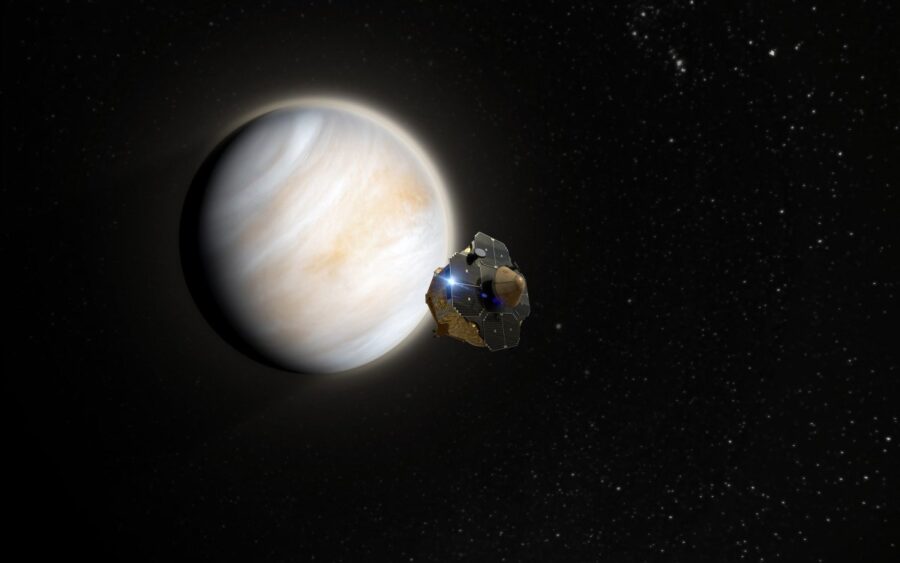
Rocket Lab
Events in Planetary Spaceflight 2023
Celestial mechanics and engineering will bring some spacecraft to "dates with destiny" in 2023.
- ESA’s BepiColombo will make its third flyby past Mercury on June 20th.
- NASA’s Parker Solar Probe will make its sixth flyby past Venus on August 21st. (The probe will also swing increasingly closer around the Sun, with four perihelion passes in 2023.)
- NASA’s Osiris-Rex will return its asteroid sample to the Earth on September 24th.
- NASA’s Juno will fly past Jupiter’s moon Io on December 30th.

ESA
Of course, we must issue the standard disclaimer on space plans for 2023 or any other year: Schedules will change, and launches will experience delays or even be canceled entirely due to politics, budgets, or technical issues. But spaceflight will surely expand in 2023, to Earth orbit and beyond.
 0
0
Comments
You must be logged in to post a comment.